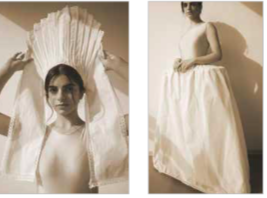Sustainability is not that hard, here’s 7 ways to get in the A game
Often, we find ourselves in a fix. We want to reduce our carbon footprint yet we’re not sure how to. Namrata Iyer, an active fashion sustainability promoter and founder of The Local Thrift, talks to me about 7 ways to grow your green footprint while putting your fashion foot first.
A quick glance at the facts
1) Unfair wages to labourers who sew your garments
Millions of young women earn wages as low as $95 a month (considerably lower than the required living wage), with exposure to chemicals and fumes, for almost 96 hours a week. They are stripped off of basic human rights, in the interest of speedy production. Issues are not treated as relevant due to the normalisation of such habits in the industry.
2) Un-stable structures of mills and workshops which could end up collapsing

Case in point: Rana plaza in Dhaka, Bangladesh.
3) Tons and tons of water is used in making certain materials
Fashion production makes up 10% of humanity’s carbon emissions, dries up water sources, and pollutes rivers and streams. This is a problem because a lot of the lower economic strata in several countries are stripped off these same resources which are allocated to cash crops and fashion.
4) Pollutes the oceans with micro-plastics
Consumer waste from our wardrobes is said to constitute 35% of the microfibre waste found in marine bodies, which when consumed by marine organisms, enters the human food chain. All the clothes we wear today give off microfibres each time we wash them.

5) Dumping non-biodegradable materials
In total, up to 85% of pre and post consumer wastes end up in landfills each year. That’s enough to fill the Sydney harbor annually.
6) “Retail Therapy”
This also brings to us another dimension of mental health studied by researchers. Whilst shoppers believe buying gives happiness, a population that shops to cope with their problems, is largely unhappy. The joy found in consuming is momentary and millions of consumers practicing “retail therapy” speaks volumes about the kind of coping mechanisms we’ve grown into.

Quarantine has given us loads of time to re-think some of our lifestyle choices from the past and perhaps it’s time we think about the damage our sartorial choices have caused to the environment till date. To implement sustainability in your wardrobe can be a bit tricky. We never want to risk looking drab when we’re trying to help.
With an increasing number of collections from 2 to 12 each year, fast fashion also makes you believe that you NEED that new season Zara dress. Notice how slyly, the word ‘want’ changes to ‘need’ and notice how we start accepting this fast paced consumerism as reality.

Increase in trends means increase in designing, curating, buying and increase in ways to market these trends. No wonder, Gen Z gets bored so easily. We were born in a generation that kept on producing garments, campaigns, dreams and fantasies every 6 months, making us believe that we’re constantly falling out of style. A lot of jobs also depend upon the launch of a new collection by a brand. The whole cult of ‘fashion bloggers’ and ‘fashion influencers’ depend on which brand approaches them to market their products. Influencers have the ability to ‘influence’ a certain lifestyle choice or a certain product to you, quite literally.
It is tricky, but not entirely impossible to lead a fashionable yet sustainable lifestyle. The smallest of changes has an impact. And if you’re at a power position and are able to influence certain numbers of the mass then it is quite literally our duty to help spread awareness. And if not awareness, heck it’ll be a great statement to make. Sustainable materials and helping the environment has always gotten more attention as many people aspire to start taking this topic seriously, as the word ‘sustainability’ is often wrapped with a covering of ‘responsible’, ‘elite’ and ‘aspirational’. Often, luxury brands have an upper hand here since they already face immense pressure of being sustainable as a part of their Corporate Social Responsibility plan.
What can we do to combat it?
Don’t Throw Out Easily
Your garments represent you. Treasure the relationship you have with each garment. Learn to care for them as something special, and something that could house your wardrobe for a very long time. What’s more, using a garment for 9 more months reduces its carbon impact by 30%.
Avoid Emotional Shopping
Shop only what you need and when you need it. They’re tough to do, especially if we’ve spent the last few years buying cute tops and jackets before every important date and Friday night. But each time you think before adding to cart, buy things with stories and those that mean something to you, you’re making a BIG impact.
Repeat
Teach your mind that there is no shame in repeating, because there really isn’t! Slowly distance yourself from this kind of social conditioning and validation.
Swap Clothes
Swap clothes with your friends when you’re bored of your own wardrobe.
Borrow Clothes
Borrow clothes for weddings/ clubbing/ formal events. You and I both know you wear it twice and never again; all for so much money.
Tailor
This way you get something made for your size, not the general size of 7000 other people, derived by taking averages. You’re fueling a local craftsman, giving more meaning to your garment, and making sure what you have is unique – nobody else is going to be spotted in that, ever.
Second Hand
1 thrifted garment > store bought = half a million cars off the road for a year! Combat the psychological barrier you have against second hand, and remember, each thing you buy now has a story – it was once someone’s lucky ring, or the shirt she wore for her date with her now husband, a dress he wore for his first Pride perhaps. The onus on reclaiming fashion as meaningful is on you.
Here are a few places to shop guilt free – Thrift stores, sustainable brands and rentals
The Local Thrift
Holds Garage Sales and gives shoppers the original physical thrift experience. It’s involved in up-cycling projects and aims to create a community based on simplistic values.
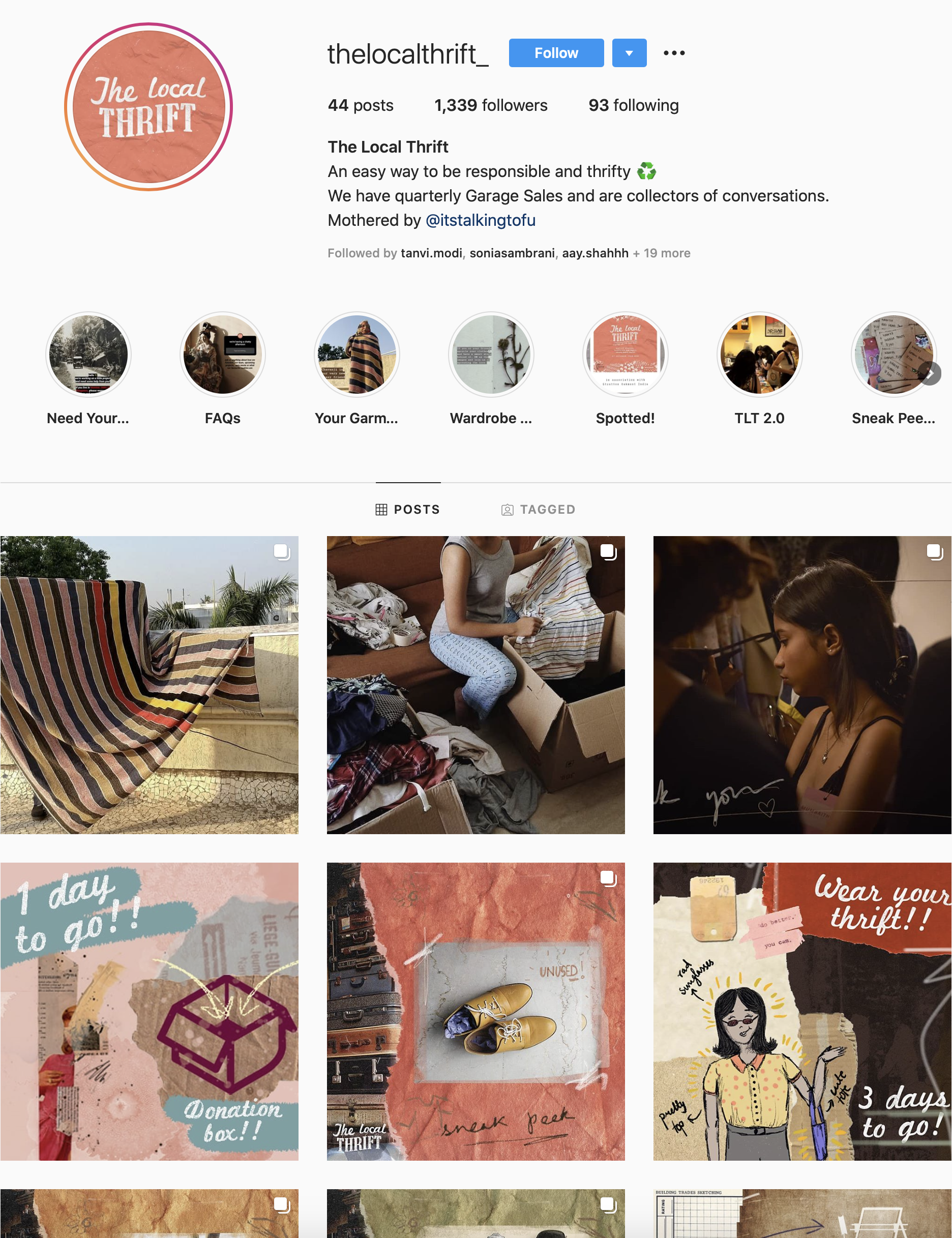
Dodo’s Finds
Fantastic corsets across sizes in throwaway prices, up-cycled and hand painted garments.
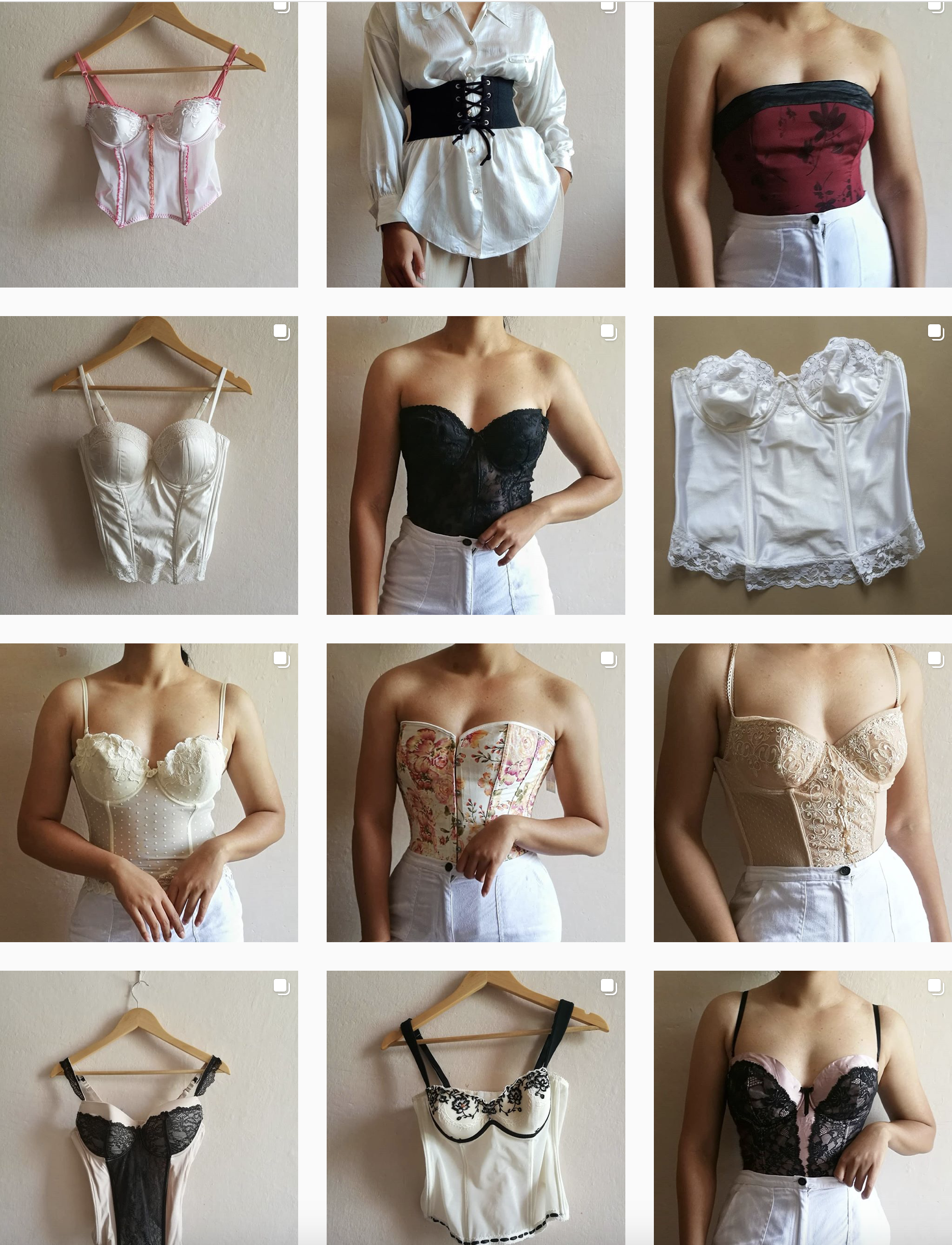
Shop The Local Vintage
Vintage/ Modern silhouettes. Trendy even in 2020!
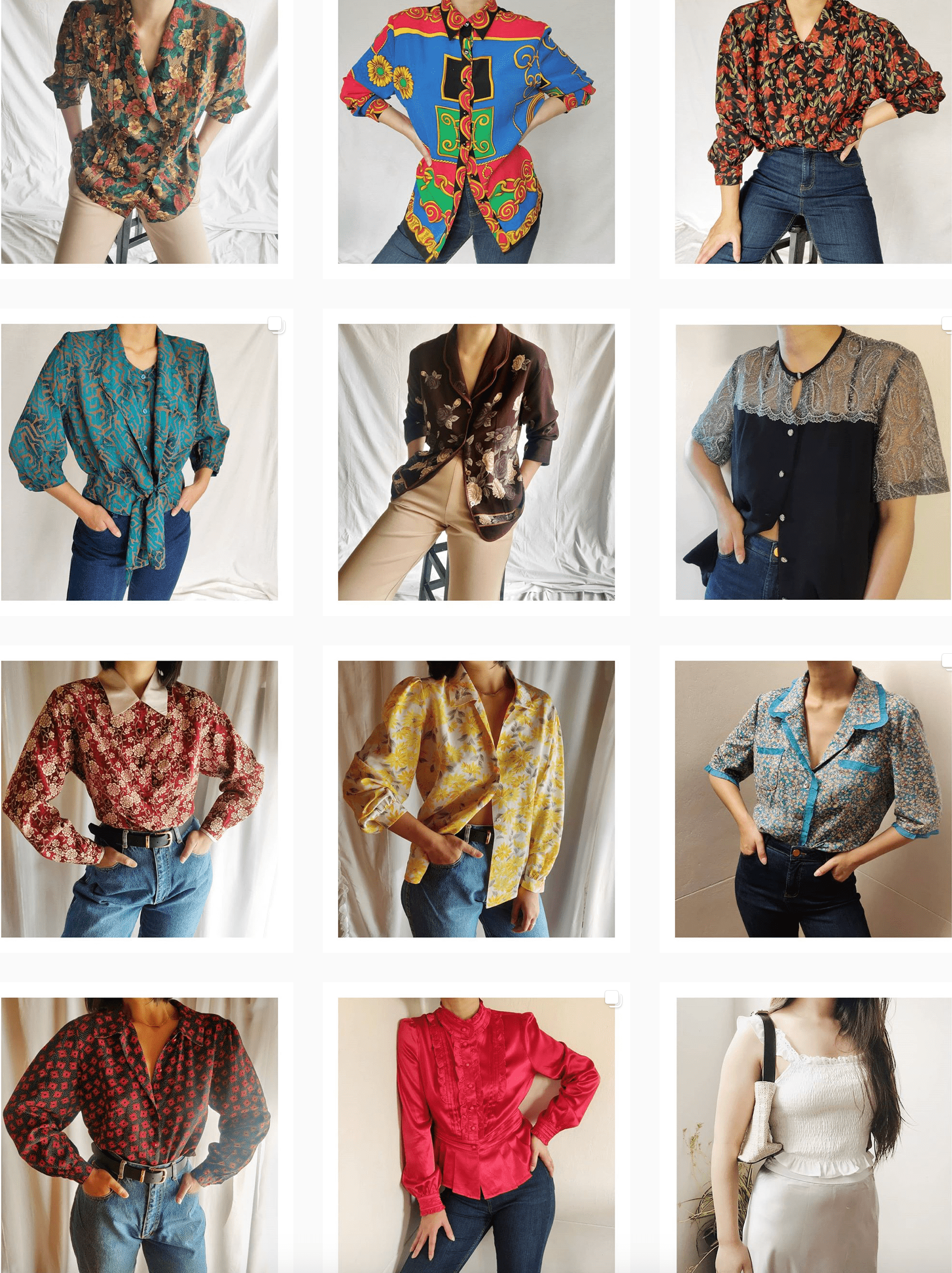
Grandma Would Approve
Handpicked, restored, upcycled, vintage, reconstructed. Quirky and experimental fashion.
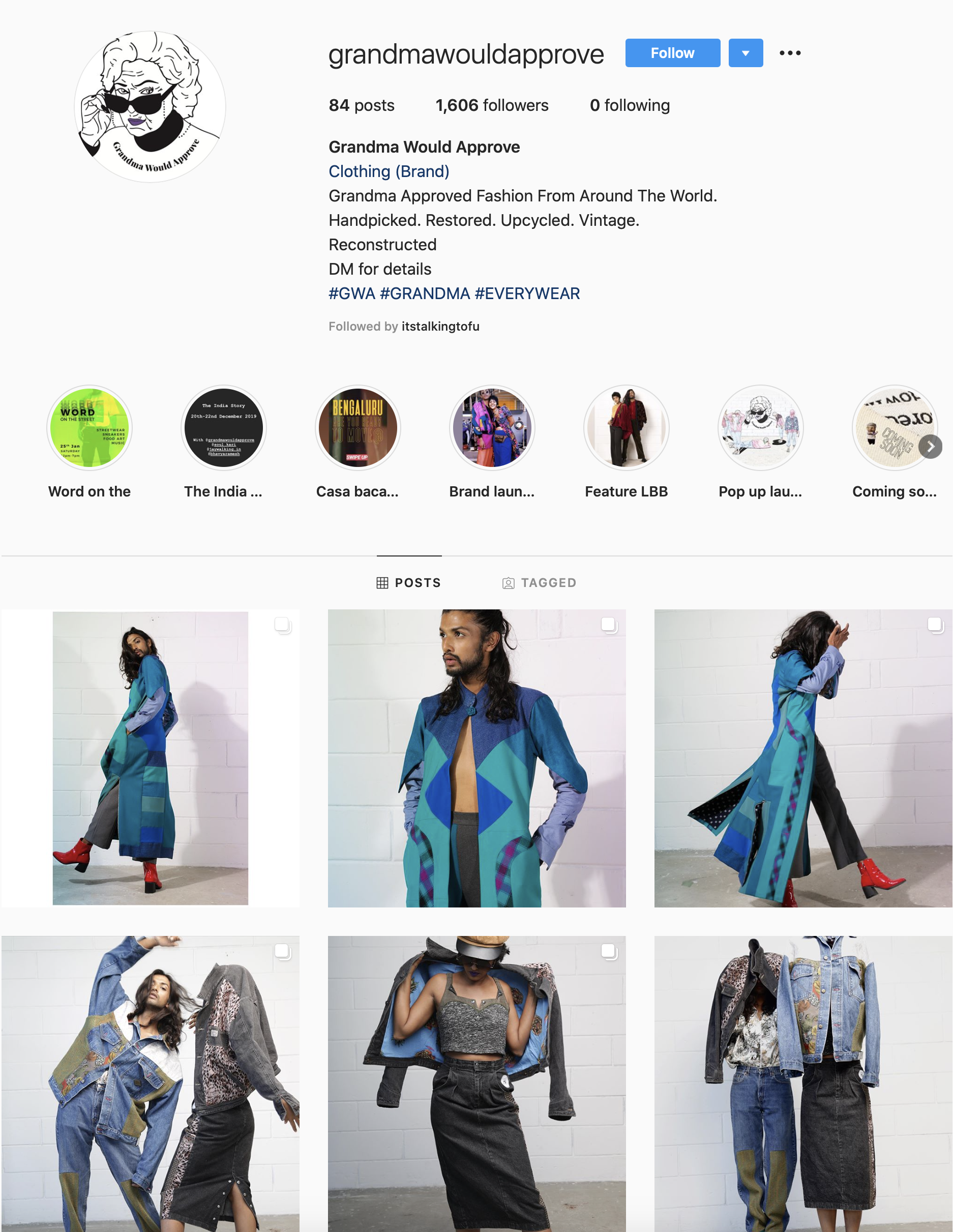
Yang pick
Loads of denims and shirts to pick from for daily wear.
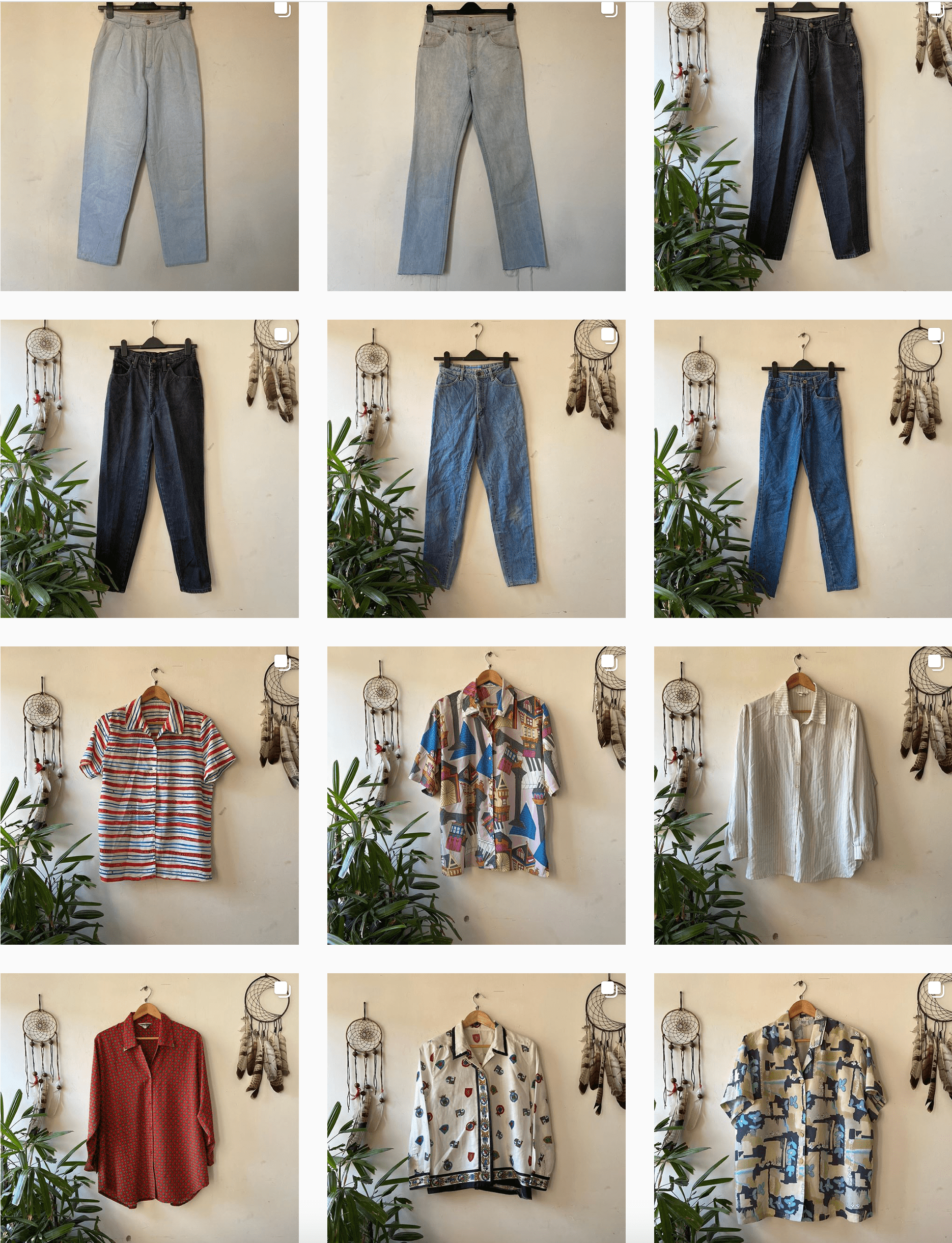
Filemot
Very Indie prints crafted with stories. Sales through Instagram.

Formikamoshop
One of the most chic pieces in vintage, sourced from NYC.
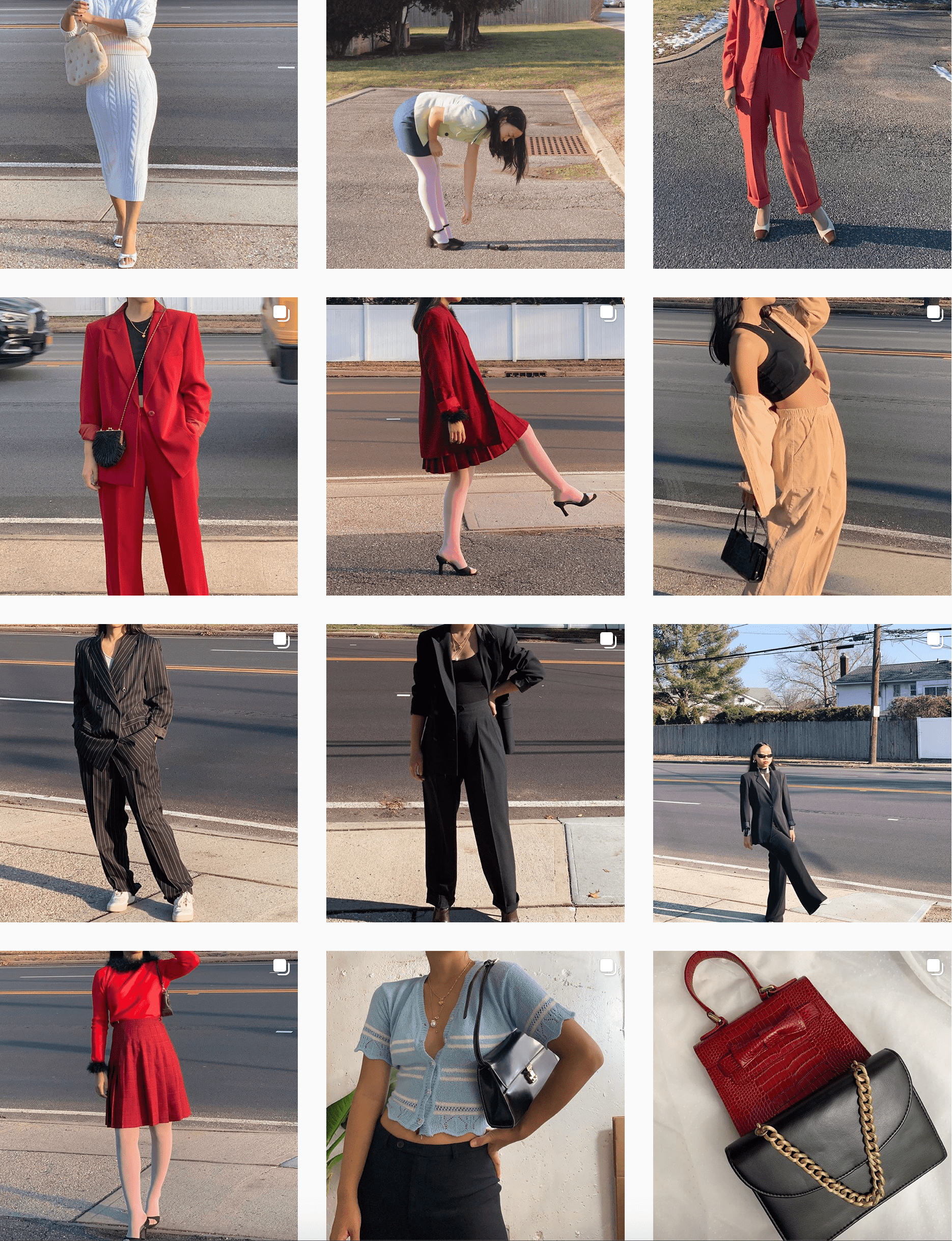
Tailor and Circus
Sustainable underwear. Responsibly made. And honestly, super super comfy and body positive + unisex!

Tali
Has a range of versatile, affordable pieces one can rent for almost all sorts of events.

The Summer House
One of the most responsible brands in the industry. Timeless pieces.

Mentioned above is cited via:
Sustain Your Style, Most of Our Clothes are Made in Places where Workers’ Rights are Non Existent
www.sustainyourstyle.org/old-working-conditions
Sarah Kent, “Why Fashion Doesn’t Pay Fair”, Business of Fashion, (2019)
www.businessoffashion.com/articles/news-analysis/why-fashion-doesnt-pay-fair
Common Objective, “Measuring Fashion’s Ecological Footprint,” Co Data, Mapping the Fashion Industry, Part Four: Impact on Planet, 36/ 40 (2018)
www.commonobjective.co/uploads/?file=CO-DATA-36-Measuring-Fashion-s-Ecological-Footprint-ff6.pdf
Common Objective, “Fashion and Waste: An Uneasy Relationship” Co Data, Mapping the Fashion Industry: (2018)
www.commonobjective.co/uploads/?file=CO-DATA-36-Measuring-Fashion-s-Ecological-Footprint-ff6.pdf
Hillary Mayell, “As Consumerism Spreads, Earth Suffers, Study Says,” National Geographic, (January 2004)
www.nationalgeographic.com/environment/2004/01/consumerism-earth-suffers/
www.commonobjective.co/uploads/?file=CO-DATA-36-Measuring-Fashion-s-Ecological-Footprint-ff6.pdf
Images



